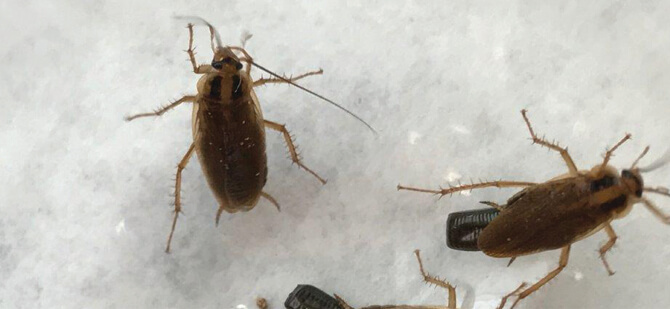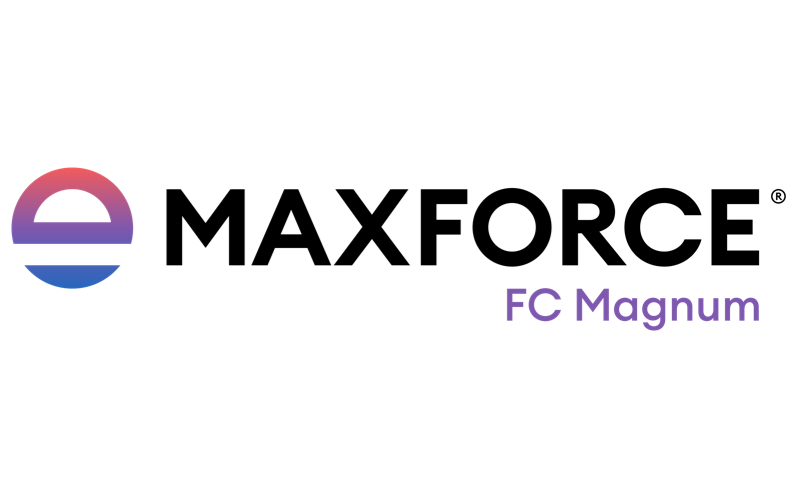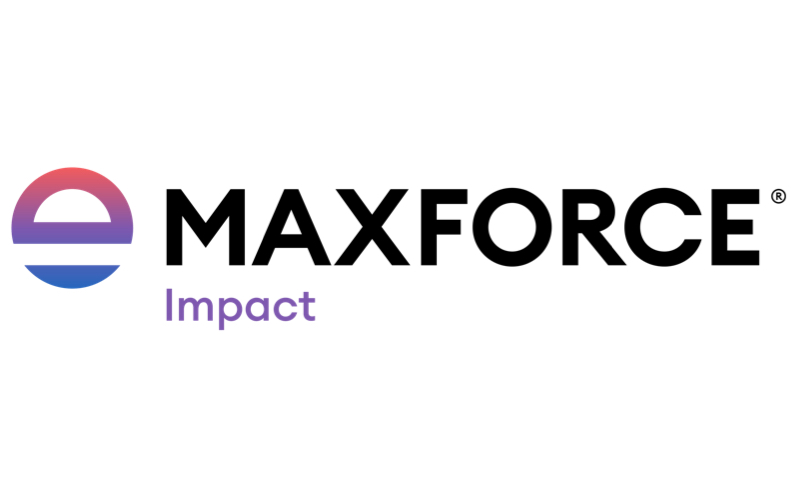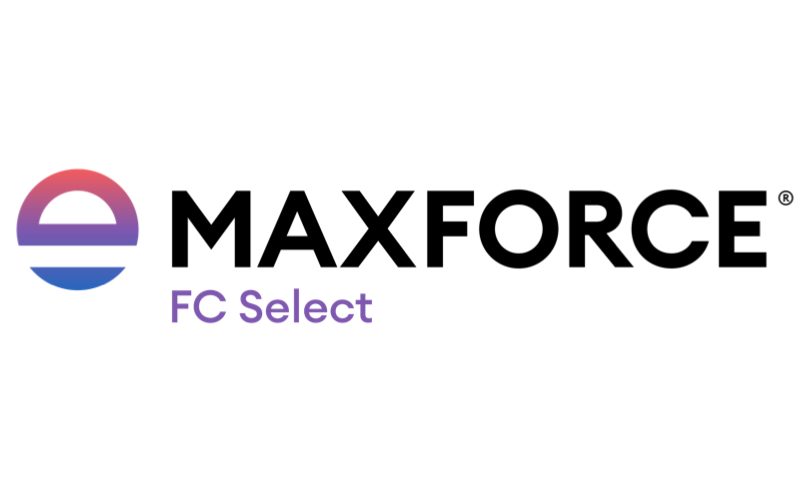Managing German Cockroaches in Food Handling Appliances

| Want more great articles?
Sign up to receive future communications from Envu Pest Management & Public Health. /// Sign Up |
Food handling appliances
Once introduced into a facility, German cockroaches can establish harborages anywhere in a structure where essential resources (food, water and shelter) are available. In addition to the structure itself, German cockroaches can, and do, infest machinery and appliances (in this advisory; food handling appliances = FHAs) where resources exist further complicating pest management efforts. FHAs may provide suitable architecture that provides space and closed microenvironments based on construction; heat provided from operations; and food and water from operational build-up. Pest Management Professionals (PMPs) can be challenged by infested FHAs. The sensitivity regarding food safety, the responsibility to protect the capital investment in the appliance, and the required availability of the FHA for operations results in a complex pest environment.

In many cases infested FHAs are too large, are immobile, or are operated on a demanding schedule. PMPs and the customer may not be able to remove the FHA for service. The use of insecticides can provide effective control in/on FHAs, but food safety and operational integrity must be considered before choosing an insecticide treatment.
Things to consider when using insecticide formulations
PMPs utilize a variety of insecticide formulations in food handling facilities where the product labels allow for such use. However, labeling is almost universal in stating that food preparation surfaces must not be treated and/or treated food handling surfaces must be cleaned before food handling operations resume.
Another consideration that PMPs must make is that some insecticide formulations may potentially damage the FHA. Liquid and some aerosol formulations may damage FHA surfaces and electronic controls and components. Dust formulations may drift onto food handling surfaces and not be visible to stimulate cleaning. Some FHAs’ construction creates complex voids that cannot be reached with sprays and dusts. FHAs that operate at high temperatures can compromise insecticide residuals making them ineffective and even a potential food contamination threat.
Insecticide bait formulations
The development of insecticide bait formulations has proved to be very successful for PMPs. Specific to cockroach management, baits provide low hazard, targeted control of many cockroach species and have been globally accepted and field proven for over thirty years. Specific to FHFs and cockroach management, baits have allowed PMPs to deliver effective service coupled with a history of food safety when label directions are followed.
Insecticide baits provide targeted applications in formulations that are stable and do not run, drift or move off of appropriate surfaces. Bait may be applied with confidence inside FHAs on non-food contact/preparation surfaces. Target pests living on or inside the appliance will be attracted to the baits and exposed to the active ingredient.
Maxforce® Roach Control System
Envu has been a pioneer in the development of bait formulations for cockroaches, ants, flies, stored product pests and other insects with our Maxforce branded line of products. From the very beginning, Maxforce baits have been developed and registered globally to provide PMPs an effective pest management tool for many account types including FHFs.
Maxforce cockroach baits are available as ready-to-use gels, bait stations, and granular baits. Our active ingredients provide the Maxforce Domino Effect™, where mortality can occur where exposed cockroaches can cause mortality to other roaches in harborage that have never fed on, or touched the bait. For over 30 years, PMPs around the world have relied on Maxforce baits to deliver results in the toughest pest management environments.
Fundamental biological requirements may affect results
There are fundamental biological requirements that must be remembered to realize the best results from your efforts. Cockroaches, including German cockroaches, live in small spaces that are; warm, moist (high humidity), with no, or very little air movement, and are close to food and water sources. When a suitable harborage is occupied the resident population will grow. These congregations are commonly called ‘nests’ but this term is inaccurate as cockroaches are not social insects.
German cockroaches spend over 90 percent of their time in harborage typically only leaving these microenvironments to feed and mate. If sufficient resources (food, water, shelter) exist in or very close to the harborage the population will remain in the harborage.
Maxforce baits must compete with existing food and water sources. For effective results PMPs are trained to make placements directly into harborage sites, or as close as possible to the harborage and between harborage and food sources. The goal is for cockroaches to ‘find’ the bait before acquiring a meal from local resources.
The amount of bait matters
As effective and attractive as Maxforce baits are, they will not provide acceptable control if inadequate amounts of bait are applied. Each FHA may provide multiple harborage sites on, or inside, the unit. PMPs must apply a sufficient amount of bait (following label directions) to ‘feed’ the population and make placements, wherever possible, into or as close as possible to all harborages that exist on and in the FHA. Careful inspection and monitoring of pest activity will reveal the level of infestation and the number of individual harborages a FHA may be carrying. In many cases the PMP may require that the FHA be mechanically opened to provide access for bait placements.
Choosing the correct bait formulation
The choice of bait formulation to apply is made based on environmental conditions, infestation pressure, competing food sources/types and difficulty in accessing harborage. Maxforce Cockroach Bait Stations are a good choice when access is difficult. The bait station is stable, is not volatile and will provide control for one year, or until the bait is completely consumed. For FHAs that may need to be opened for treatment this formulation is a good choice to provide long-term protection. Bait stations are also a good choice in dusty, moist and greasy conditions as the station provides a physical barrier to protect the bait. Maxforce Cockroach Gel Baits are easy to apply and provide a high-moisture food matrix that will be attractive even in sites where competing food debris is available.
For further assistance regarding Maxforce brand baits and/or German cockroach management contact your local Envu Pest Management & Public Health representative.
Maxforce – the original roach control system



